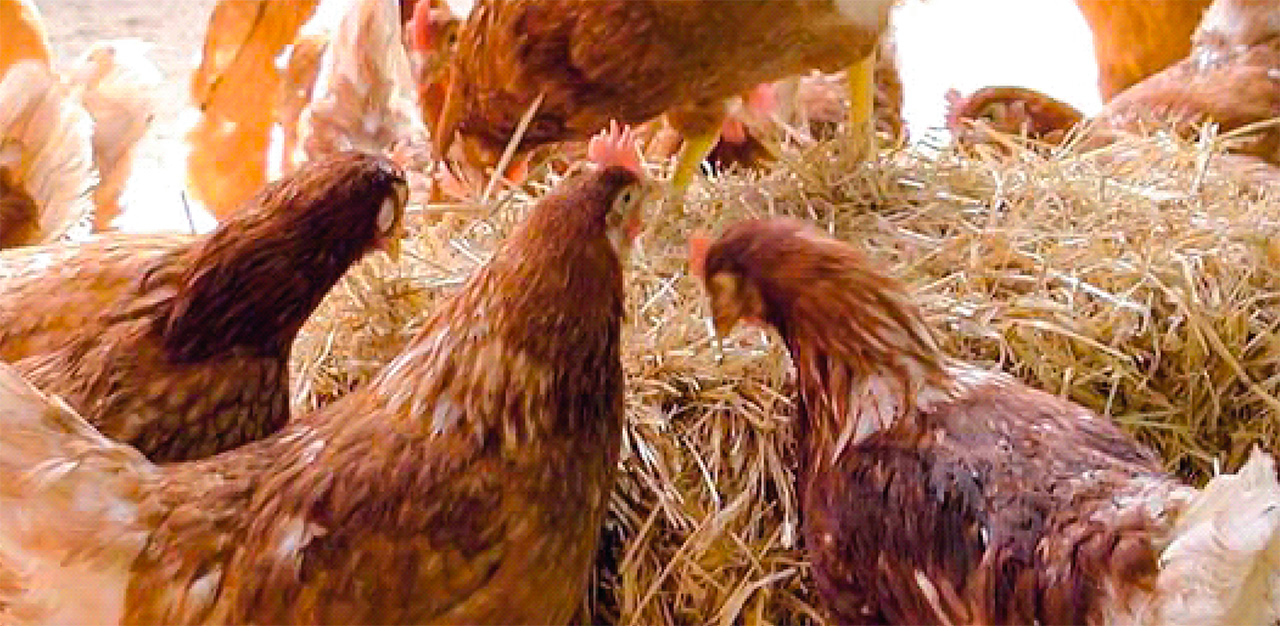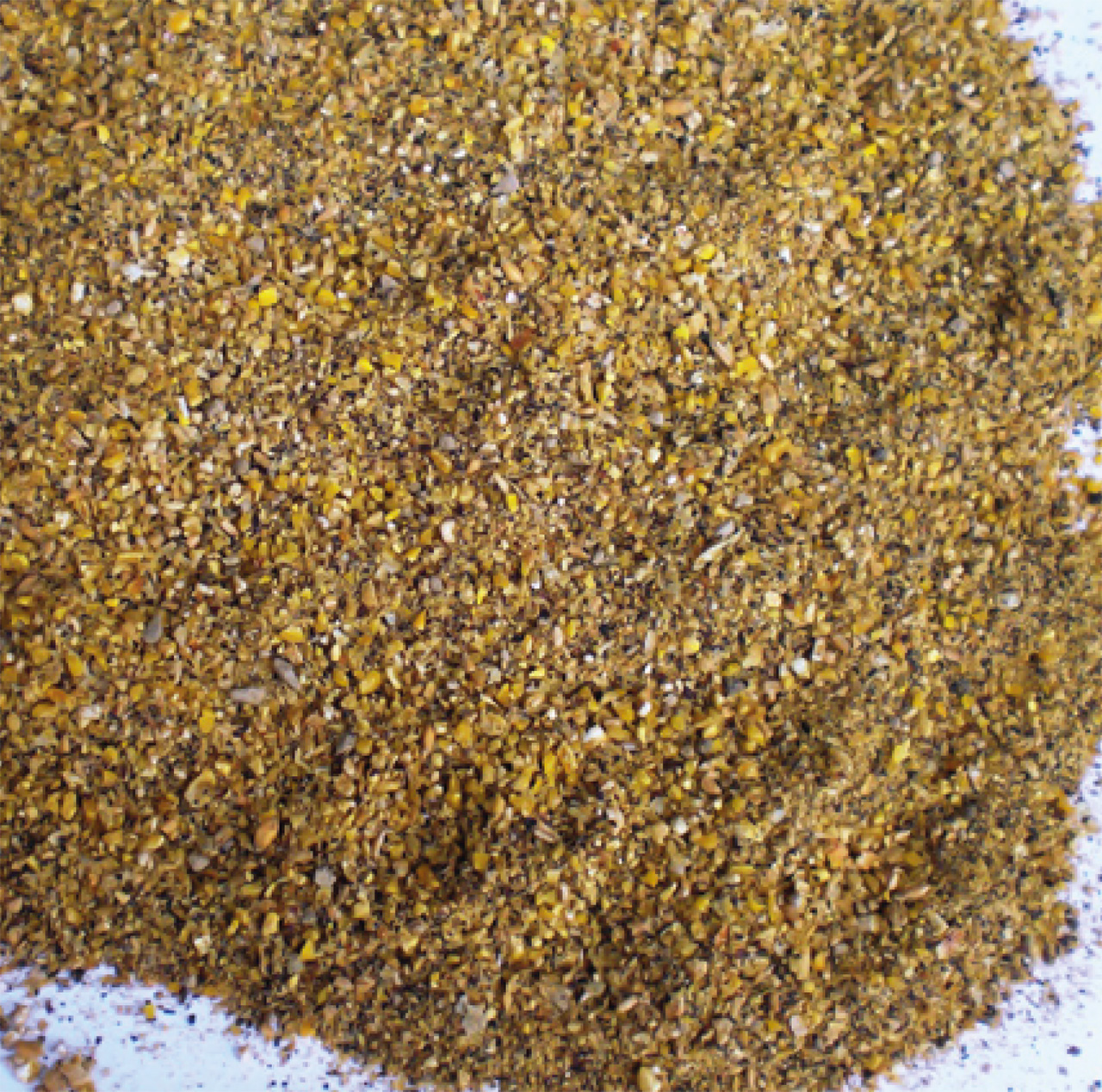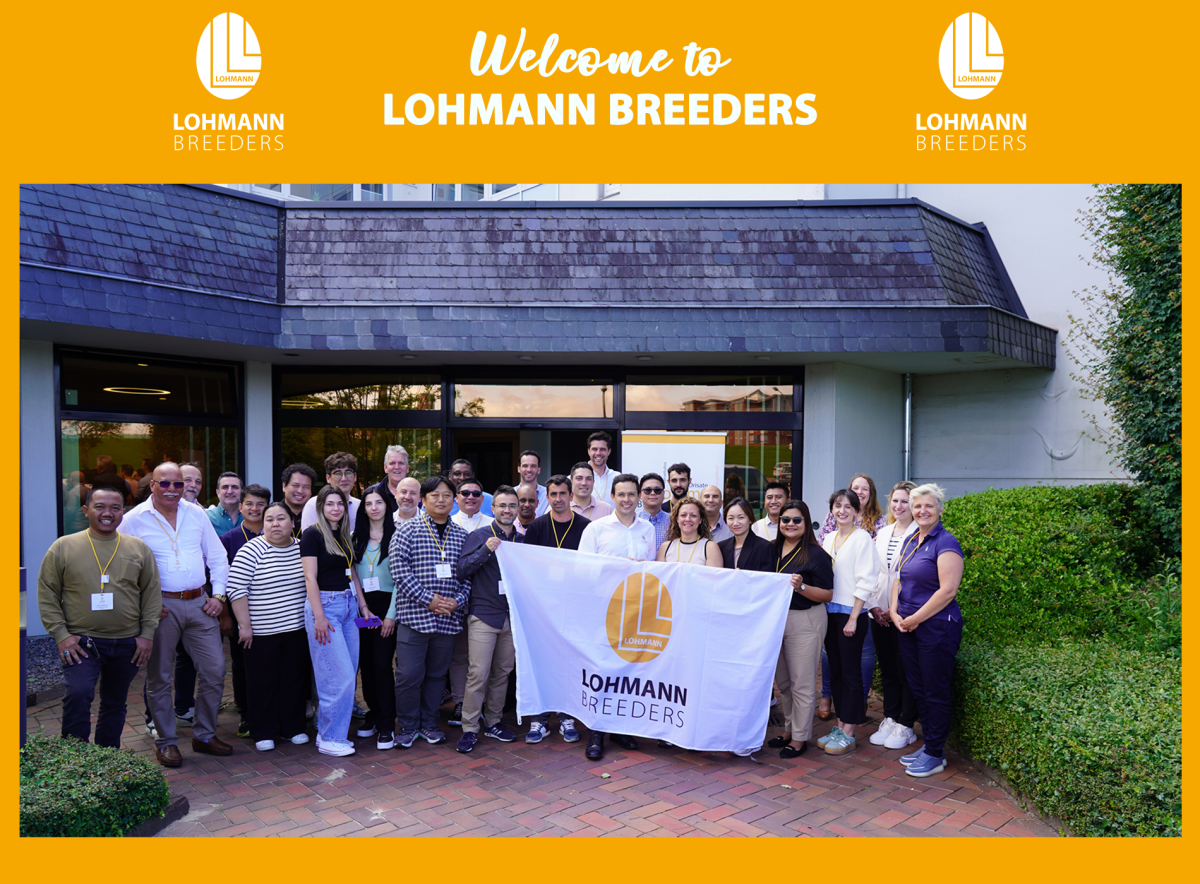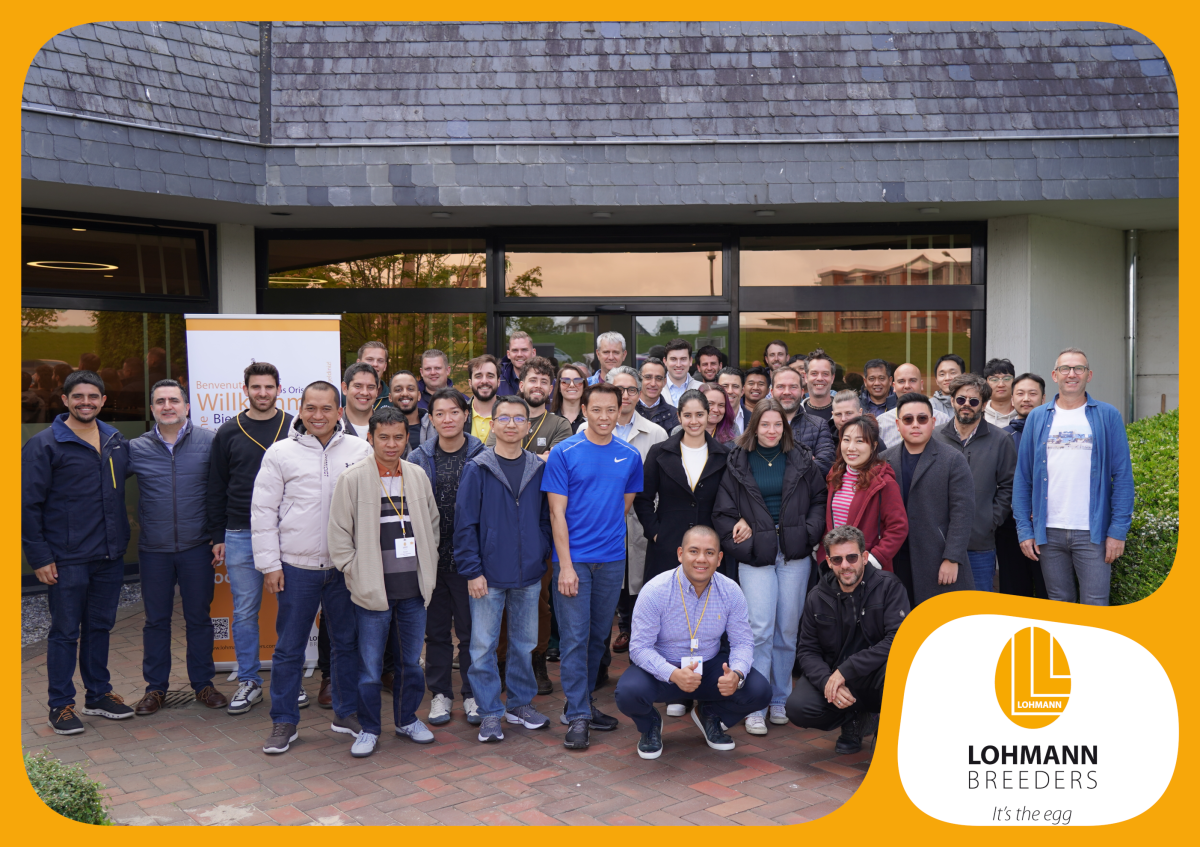Eggs consumption in the UK is a success story with demand rising by 3-4% per year. However competition between supermarkets has resulted in a highly competitive market meaning that egg producers need to focus more than ever on cost of production per dozen.
LOHMANN BROWN wins on that score through longer laying cycles and the highest percentage of first quality eggs of any brown layer in the market but, for the supermarkets, that needs to be combined with a clean audit sheet. Breeding company LOHMANN TIERZUCHT has been working on the key to that.
Through the combination of traditional breeding methods and the introduction of new technologies such as genomics, LOHMANN TIERZUCHT have produced a range of incredibly productive laying strains, commonly producing over 12 times their own bodyweight in egg mass through the laying cycle.
“When we visit flocks in Holland and Germany it’s not unusual to find flocks in production up to 90 weeks old, still producing a high percentage of first quality eggs” comments Kenny Shaw, Managing Director of LOHMANN GB.
“Selection by LOHMANN TIERZUCHT for more persistent production – achieved through longer clutch lengths has shown some birds in trials laying clutches of more than 180 eggs! That’s great for producers and makes the LOHMANN BROWN the most profitable bird in the market but the issue can be how to keep up with the birds nutritionally”.
Feed manufacturers have reacted to the needs of the birds by increasing the energy density and specification of diets. However, energy isn’t the only requirement for highly productive LOHMANN layers and it’s a real challenge balancing all the dietary requirements of the birds. As diets have become more energy dense, the grain content of the rations has increased leaving less room for other “traditional” raw materials. One significant impact of that is to reduce fibre levels which can be as low as 2.5% in diets with a high grain content.

Research by LOHMANN TIERZUCHT now indicates that finding room in the diet for indigestible fibre can have huge benefits for LOHMANN birds. Robert Pottgueter, Head Nutritionist at LOHMANN TIERZUCHT said “Even in the rearing phase, fibre is beneficial and helps in development of the gastro-intestinal (GI) tract and feed intake capacity. In the laying phase it is even more important in aiding gut health, slowing down transit of feed in the GI tract and improving nutrient availability for the birds”.
LOHMANN GB has found this demonstrated in a very practical sense over the last 12 months. Kenny Shaw said “LOHMANN birds are so productive it’s sometimes difficult for them to meet all their needs – production and maintenance – through feed intake. For the bird, production is the priority and, in a few cases, we saw this result in some feather loss with the LOHMANN BROWN. We had a lot of discussions about this with the breeding company and Robert Pottgueter was convinced that the low fibre levels in some modern layer diets was detrimental for LOHMANN birds.
As a result of this, and with the co-operation of some of our long standing LOHMANN customers, we trialled the use of fibre levels of 4.5-5.0% in layer diets. The results were quite rapid and dramatic with birds which had lost some feather showing regrowth over a period of about 6 weeks and birds fed on the high fibre diets from 16 weeks keeping absolutely perfect feathering. These results are great news for producers who now get the benefit of LOHMANN’s being able to maintain longer laying cycles due to having shell quality better than any other breed in the market and without any indication of feather loss from the birds.”

Robert Pottgueter added “Of course good feed structure with some grist in and a balanced amino acid profile are important – but these are normal factors. It is fascinating that a low nutrition material like fibre can have such a beneficial impact on the birds and their production. There are many ways to increase fibre levels in diets, from proprietary lignocellulose products that are available in the market, to the use of more traditional raw materials like barley, oats, sunflower or rapeseed meal.
Increasing fibre levels may require the addition of more oil to the feed to maintain the energy level but this is also a positive for the birds, reducing the risk of fatty liver syndrome in high producing layers and making the feed more palatable by binding the fine particles. We often find a reduction in feed intake with high fibre diets due to the slower transit of feed through the gut and better utilisation of nutrients by the bird, so it can be a no cost solution to improving overall performance.”
“This is such a win for producers with LOHMANN birds we want to make sure everyone in the UK and Ireland is aware of how to gain the benefits” said Kenny Shaw. LOHMANN GB will soon be starting a tour of presentations to feed companies and producer groups to go into more detail on the benefits of high fibre diets for LOHMANN layers. If anyone is looking for more information faster, your LOHMANN Technical Manager around the country will gladly go through the figures. Just give your local TM a call and they will visit you.
With the friendly assistance of David Scott, this article has been published in ‘Ranger Magazine’ – May 2018







